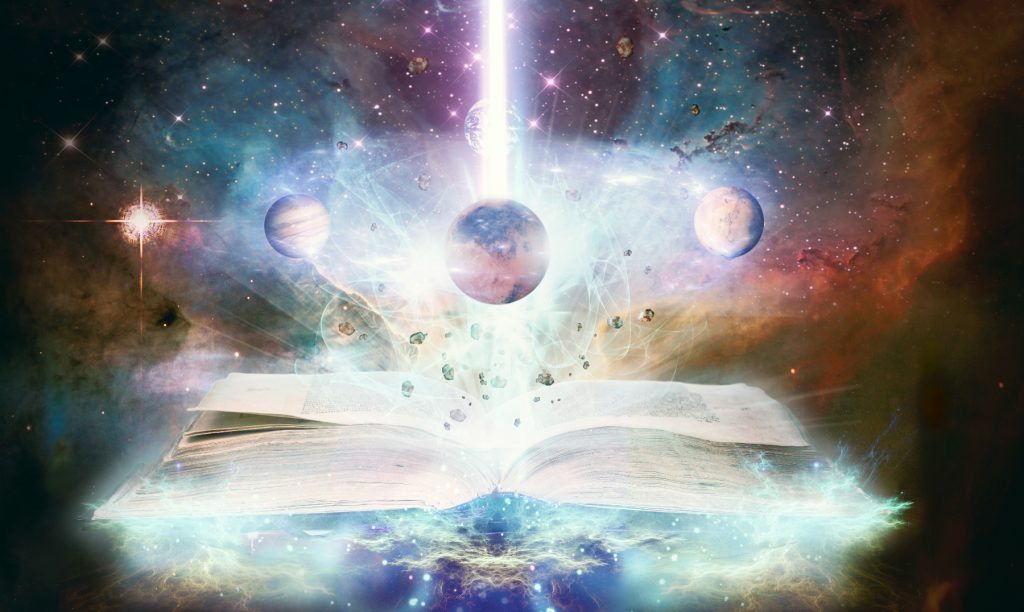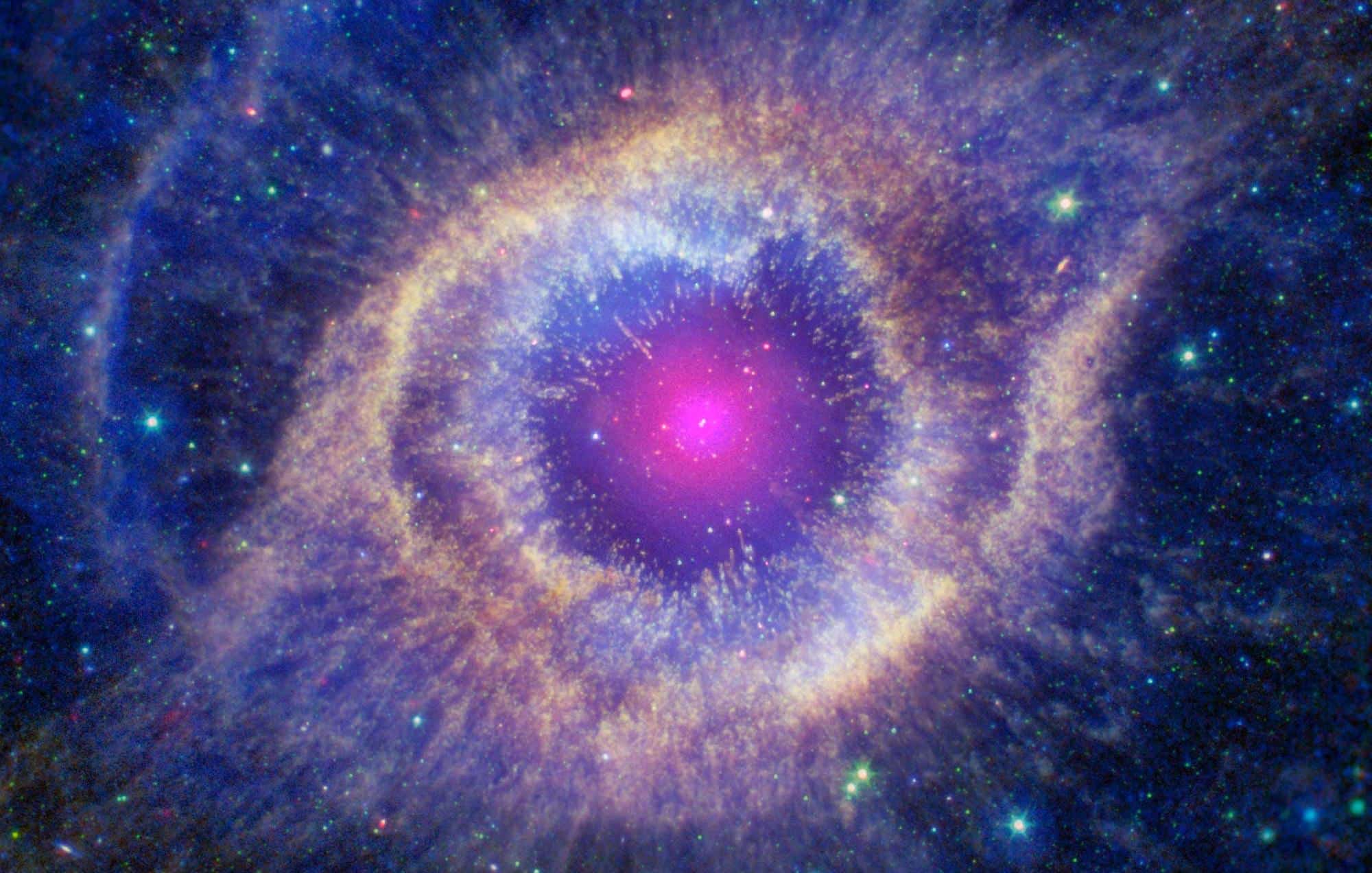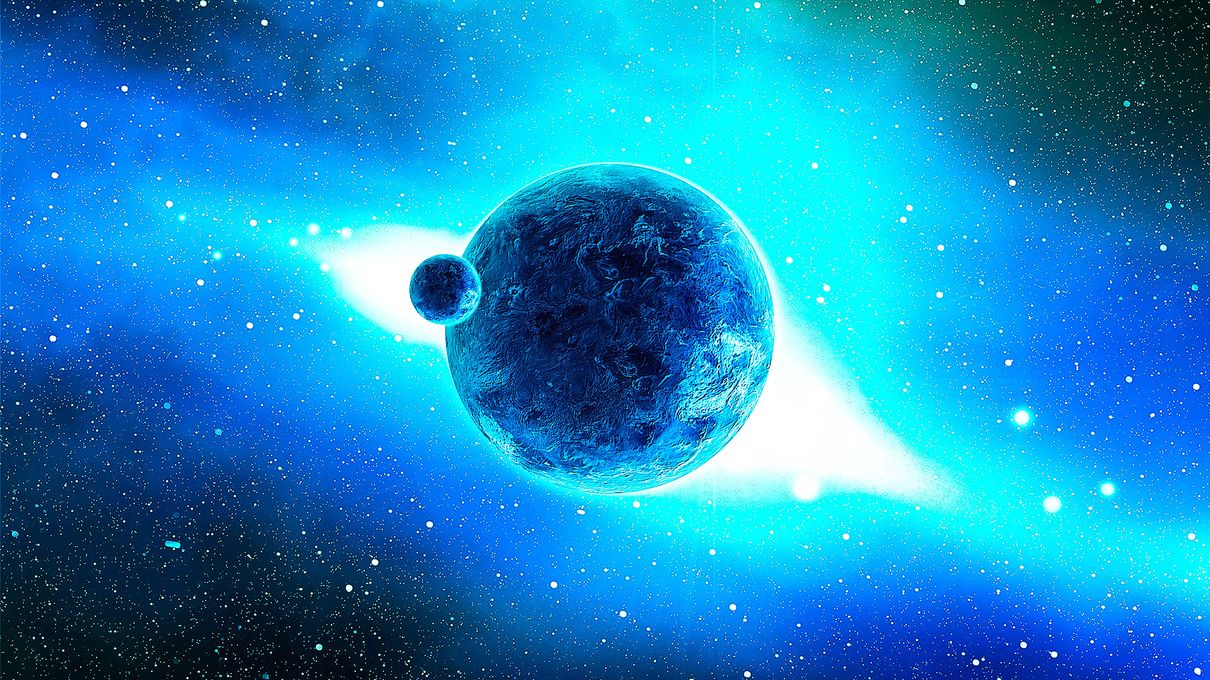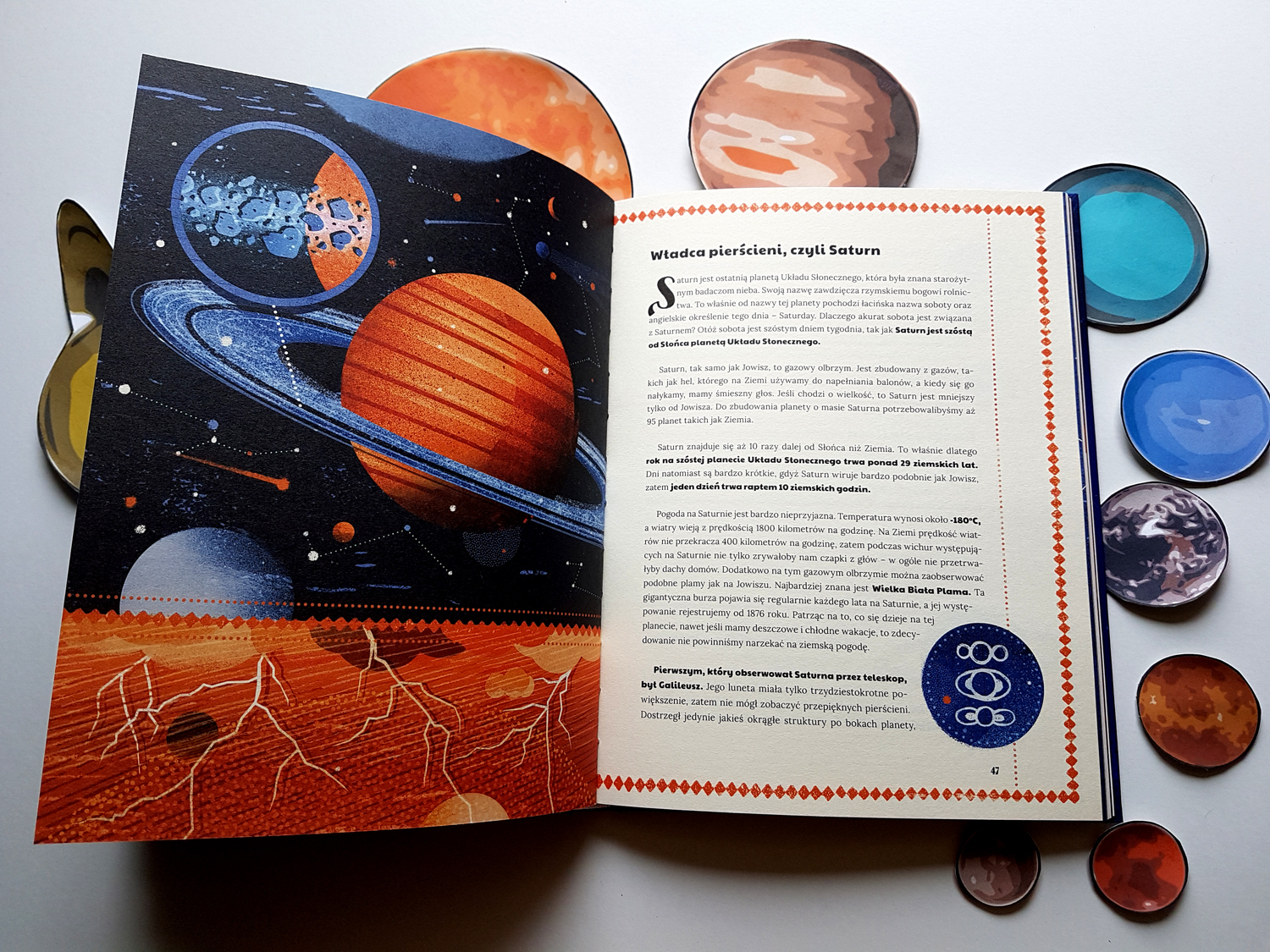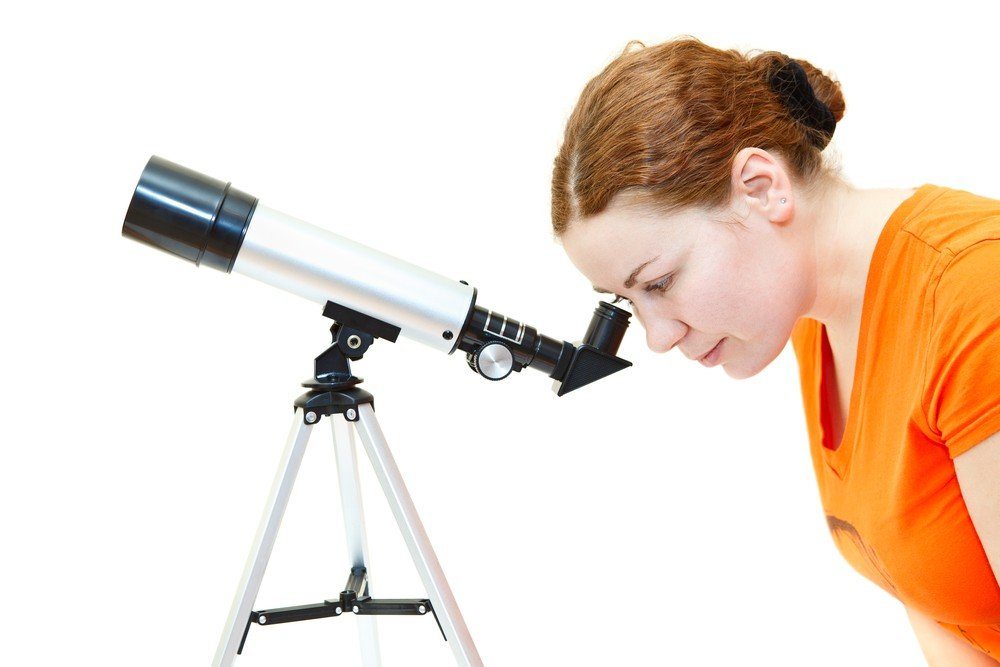Creation of the Universe: Different Theories of Astronomy
Creation of the Universe. Surely, if we ask any person on the street how the universe began, they will tell us that with the Big Bang. It is the most generalized theory, the one we study in textbooks at school and the one that most physicists take for granted.
However, this model has many gaps and unresolved answers, so many that teams of cosmologists from around the world are working on alternative theories that can explain the universe in which we live.
13.7 billion years ago there was nothing. Neither stars, nor galaxies, nor planets, nor any of the components that make up the cosmos we see today. All matter and energy and time and space were compressed into a tiny point, the size of an electron, that was much hotter than the core of the sun is today.
And then, in an instant, everything changed. There was a huge bang, bang!, and a trillionth of a second later, all matter emerged. Millions of elementary particles shot out and began to move away from each other very quickly. And just as it happens with a balloon that we begin to inflate, the Universe, little by little, stretched out and spread out.
The more than a billion galaxies that we observe from Earth began to appear, with their more than a billion stars each; and nebulae, and planets, and even life. Since the Russian physicist George Gamow proposed in 1948 that this was the origin of the Universe and the advancement of technology has made it possible to hear the traces of that great explosion, science has taken this theory for granted, which has been imposed as the standard model.
It was accepted by Christians and laity, and was taught to children in schools. But what if it wasn’t? What if that theory wasn’t really the explanation for the origin of the universe? Perhaps space and time already existed before; perhaps the Big Bang is not unique. Perhaps what we see are just the remnants of the events that occurred before the big bang.
Since it was formulated, the Big Bang theory has generated controversy, mainly because as it is explained, it seems as if the universe had been “created” and not that it had originated.
This idea makes some physicists uncomfortable, which is why, in part, there are numerous groups of cosmologists who question this theory and work to come up with an explanation that resolves all the mysteries that this model leaves open. Some speak of parallel universes; others, of great explosions and concentrations; of rebounds, of accelerated expansions.
Creation of the Universe – The big bang
The early years of cosmology were heady: discoveries poured in, technology advanced at a dizzying pace, pushing the frontiers of observation and measurement; and the data that was being obtained corroborated the theory formulated in 1930 by a Belgian Jesuit, Georges Lemaître, that the universe had begun in a finite time, in a state of high density and temperature, with the explosion of a primeval atom , the “Big Bang”.
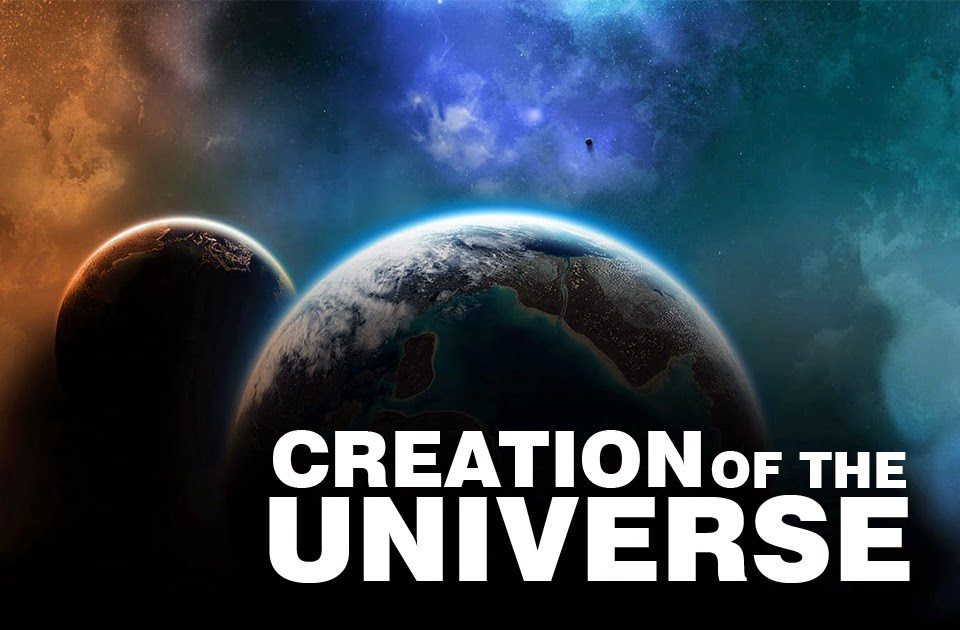
A year earlier, Edwin Hubble had also discovered that galaxies were moving away from each other at speeds directly proportional to their distance, suggesting that the universe was expanding. Three decades later, in 1964, the microwave background radiation was discovered, corroborating the Hubble expansion and leading most cosmologists to accept that theory.
And now we theoretically live in the post-explosion scenario. However, despite the fact that it is the most accepted standard model, the truth is that it leaves many questions unanswered.
For astronomer Rafael Rebolo, professor at the Higher Council for Scientific Research (CSIC) and Research Coordinator at the Institute of Astrophysics of the Canary Islands (IAC), “the Big Bang theory has some problems.
For example, he does not give a clear explanation of how the structures that gave rise to the galaxies that we see in the universe today were generated. Nor does it explain why the large-scale geometry of the universe is of the Euclidean type [or in other words, three-dimensional but flat]”.
Another of the great unknowns is the reason why this scenario was configured with those original conditions. Or what was there before that explosion, if there was anything. “We don’t know how this began,” says Jordi Miralda, ICREA research professor of astrophysics at the Institute for Space Studies of Catalonia (IEEC)-CSIC.
“There is always a frontier of knowledge and the only thing we know is that if we went very far start we would find this scenario. Why did the universe start out in this state of such density and temperature? The Big Bang does not explain it. They are simply some initial conditions that we have to put there and that are in agreement with what is observed”.
It is as if the history of the universe were divided into three acts and we had arrived with the play started. We do not know what will happen in the denouement and we do not know what happened during the first part, so, to try to understand what we are seeing, we have to imagine what happens in that second act at the beginning of the work.
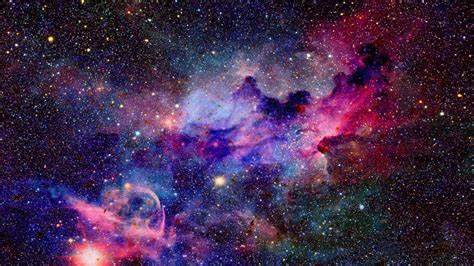
“For an astronomer, looking at the sky is looking into the past –considers Rebolo-. The universe provides us with traces of how it originated and we build complex telescopes and instruments to try to discover those traces that throughout history have been left imprinted in phenomena that we can record and measure today.” And these traces come to us through the light of remote galaxies and are a reflection of what these galaxies were like in their youth.
“The fundamental problem – considers Carlos Frenk, director of the Institute of Computational Cosmology at the University of Durham – is that the laws of physics are incapable of explaining what happens at that initial instant in which the density of matter tends to infinity.
To do this, it would be necessary to combine Albert Einstein’s theory of general relativity, [unassailable when applied to large objects], with quantum mechanics, which explains the properties of elementary particles, because at these extremely high densities near the Big Bang processes become quantum. And so far, no one has managed to solve that problem.”
Still, advances in telescopy, coupled with the vast amount of data provided by the COBE satellite, the Hubble Space Telescope, and the WMAP probe, have enabled cosmologists to calculate many of the Big Bang’s parameters with new levels of precision.
Observations have been obtained that seem to confirm that the universe was indeed born from this initial state of great density and temperature. For this reason, currently, almost all the works that are developed in cosmology investigate some aspect of the Big Bang, either to expand it or to try to shed light on some of the gaps it presents.


